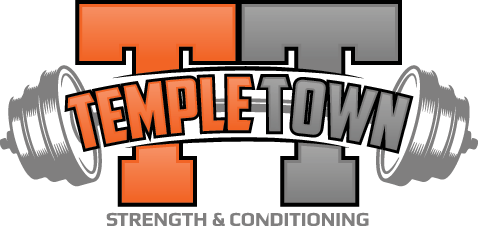Why Rest Isn’t the Answer – How to Train Through Flare-Ups Safely
If you have a history of back pain, you’ve probably been told to rest when things flare up.
But rest alone doesn’t solve the problem. In fact, it often makes things worse.
But rest alone doesn’t solve the problem. In fact, it often makes things worse.
Pain is your body’s warning system – but that doesn’t mean you should freeze every time it signals. What you do during a flare-up can determine how long it lasts and how quickly you bounce back.
Let’s look at why full rest can backfire – and what to do instead.
Why Rest Can Be the Wrong Move:
When you stop moving altogether:
- Muscles stiffen and weaken quickly
- Joints lose mobility and hydration
- Confidence drops, and fear of movement increases
- Fat loss stalls due to inactivity and a slower metabolism
- Inflammation may worsen from poor circulation and stress
While a short rest (24–48 hours) might help for acute pain, long-term rest creates more problems than it solves.
So What Should You Do Instead?
Here’s how I help clients train smart through flare-ups:
1. Modify – Don’t Stop
- Reduce load and volume
- Use shorter range of motion
- Swap trigger exercises for safer variations (e.g. goblet squat instead of barbell)
- Train other body parts that aren’t affected
2. Keep Moving Daily
- Walking improves circulation, mindset and recovery
- Gentle mobility opens up tight hips, glutes and thoracic spine
- Light cycling or rowing increases blood flow without stress on the spine
3. Dial in Recovery
- Prioritise sleep: 7–8 hours helps tissue repair
- Stay hydrated: aim for 2.5L/day especially if you’re training
- Focus on anti-inflammatory nutrition: protein, leafy greens, oily fish, berries
- Use supplementation (magnesium, omega-3, turmeric) to support healing
4. Strengthen Weak Links
Most flare-ups are a result of overload on compensating areas. Strengthen:
- Glutes (e.g. glute bridges, banded walks)
- Core (e.g. deadbugs, side planks, carries)
- Hamstrings and hips

This not only reduces current symptoms – it prevents future ones.
5. Train the Mindset
Fear of movement makes pain worse.
Learning that you can move safely is a game changer.
Coaching helps build confidence and removes the guesswork.
Remember:
If movement feels tight but safe – do it.
If it feels sharp or electric – modify it.
If it feels fine – train smart and keep building.
If it feels sharp or electric – modify it.
If it feels fine – train smart and keep building.
The goal isn’t to avoid pain forever. The goal is to build resilience and keep progressing without falling apart.
Final Thought:
You don’t need to start from zero after every flare-up. You just need to know what to change – and how to keep showing up.
Need help adjusting your plan during flare-ups?
Message me “BACKFIT” and I’ll help you train smarter – not broken.

